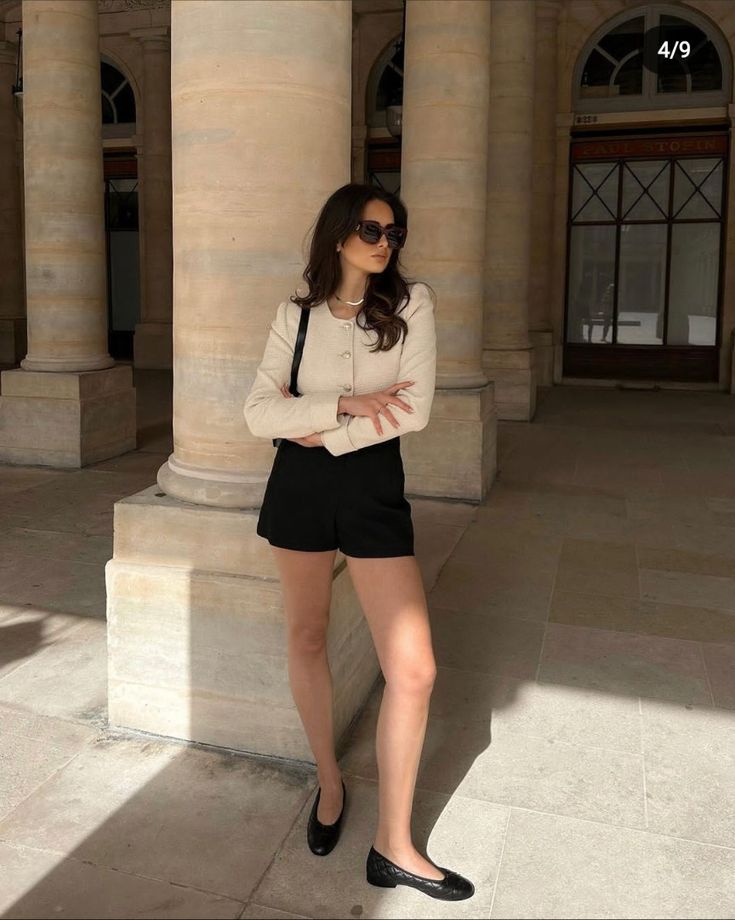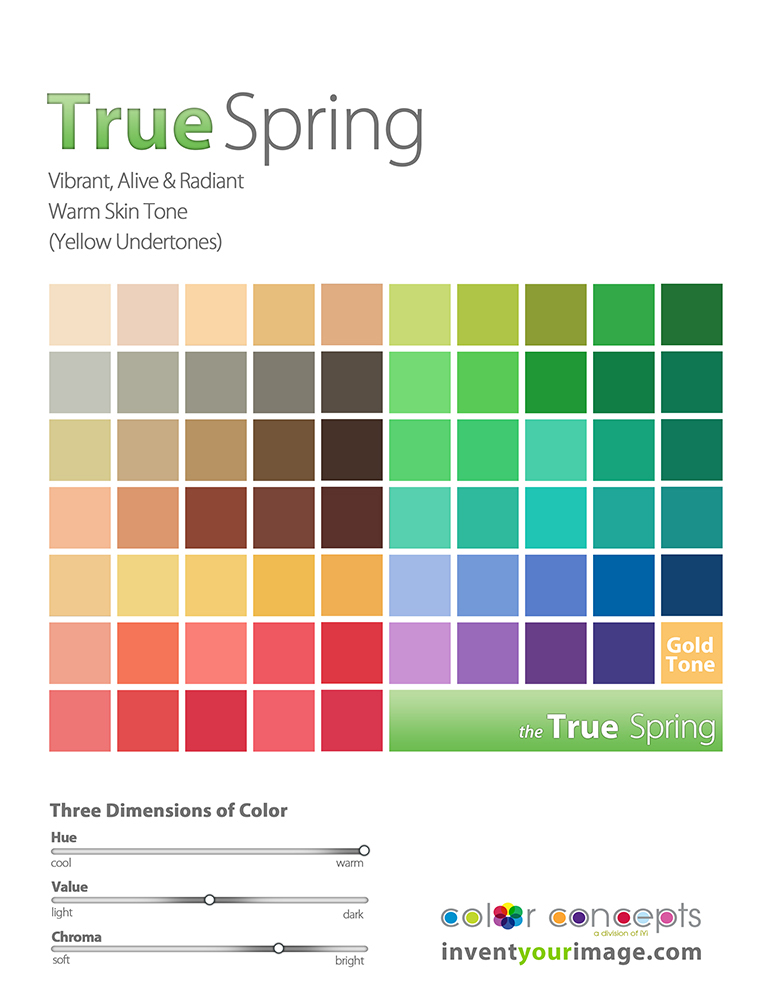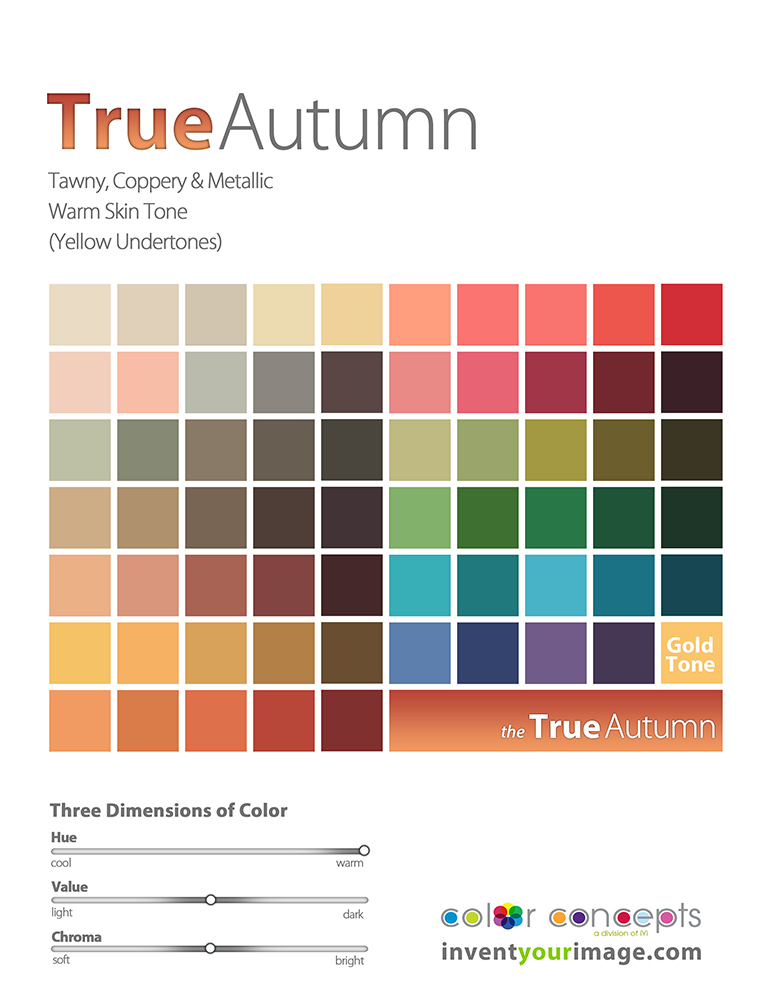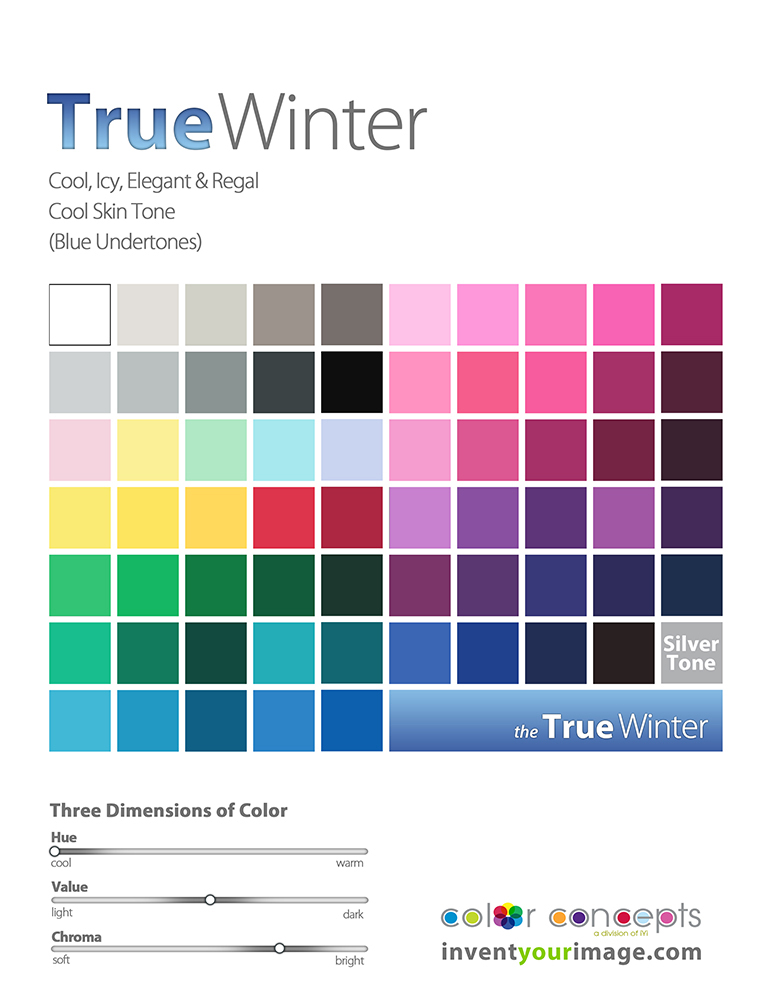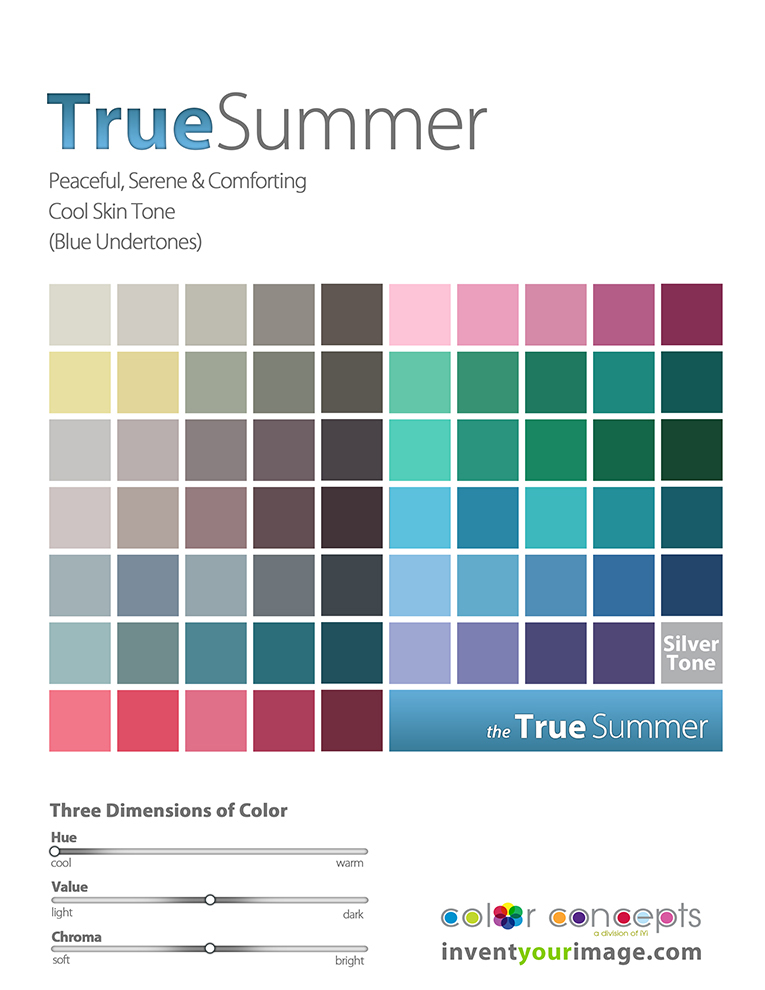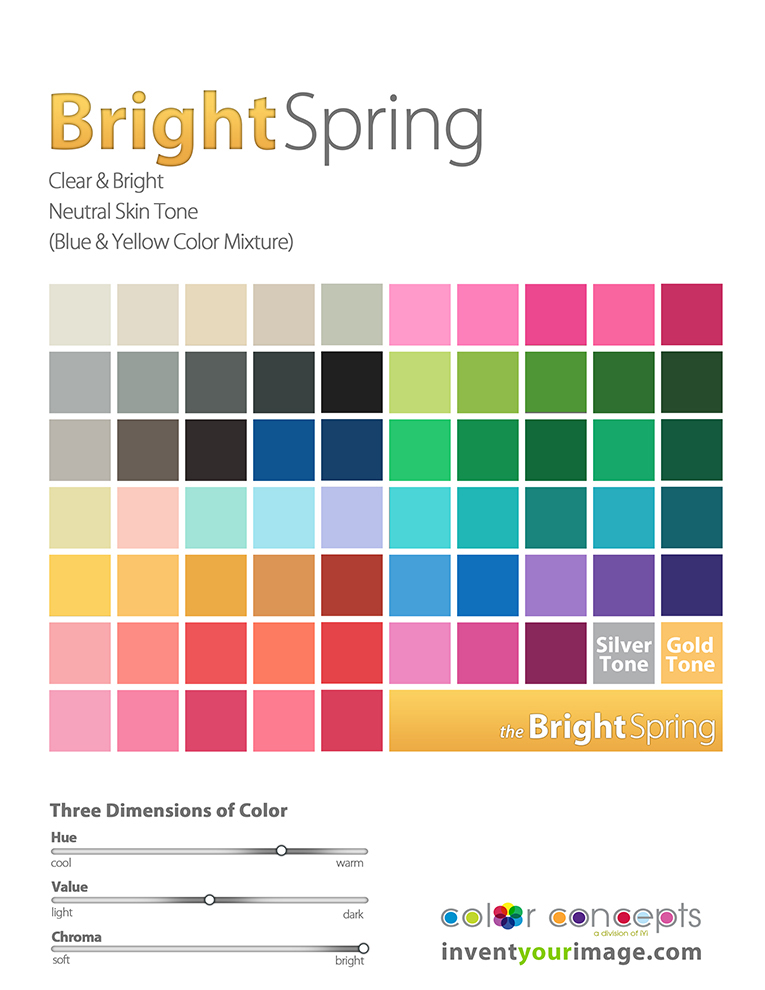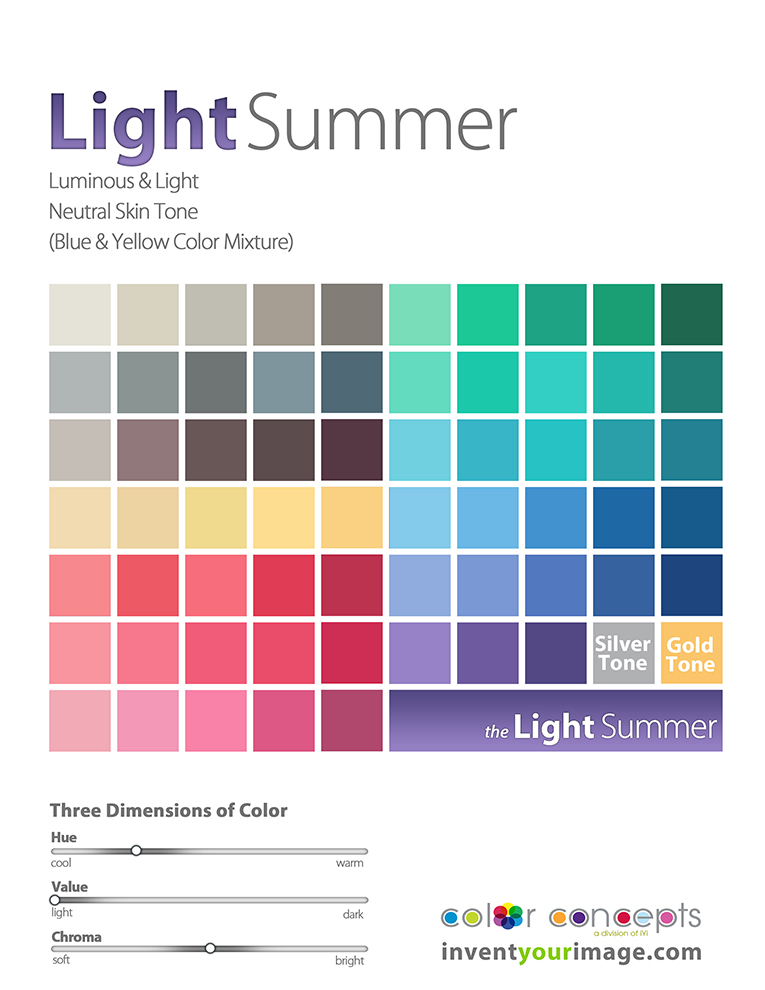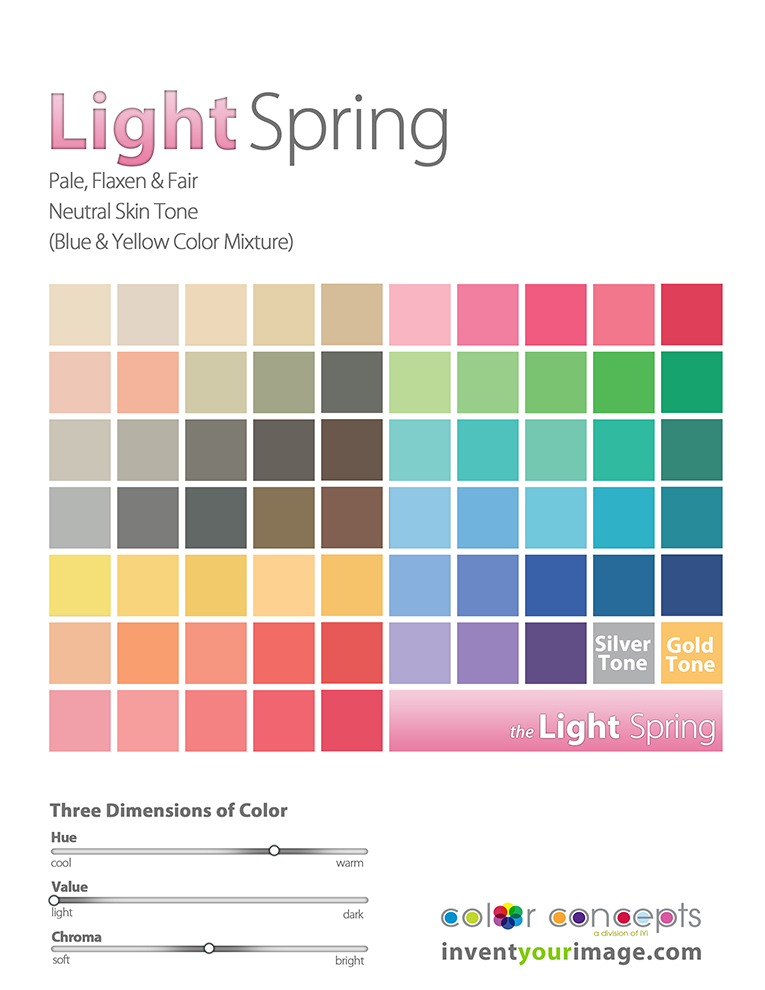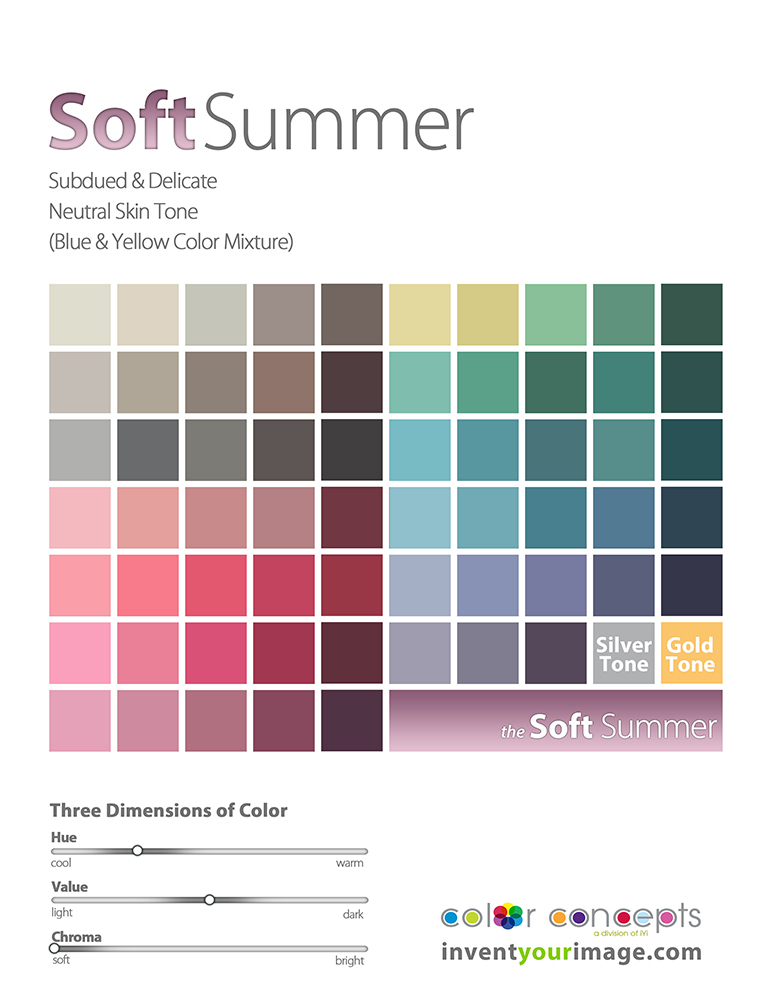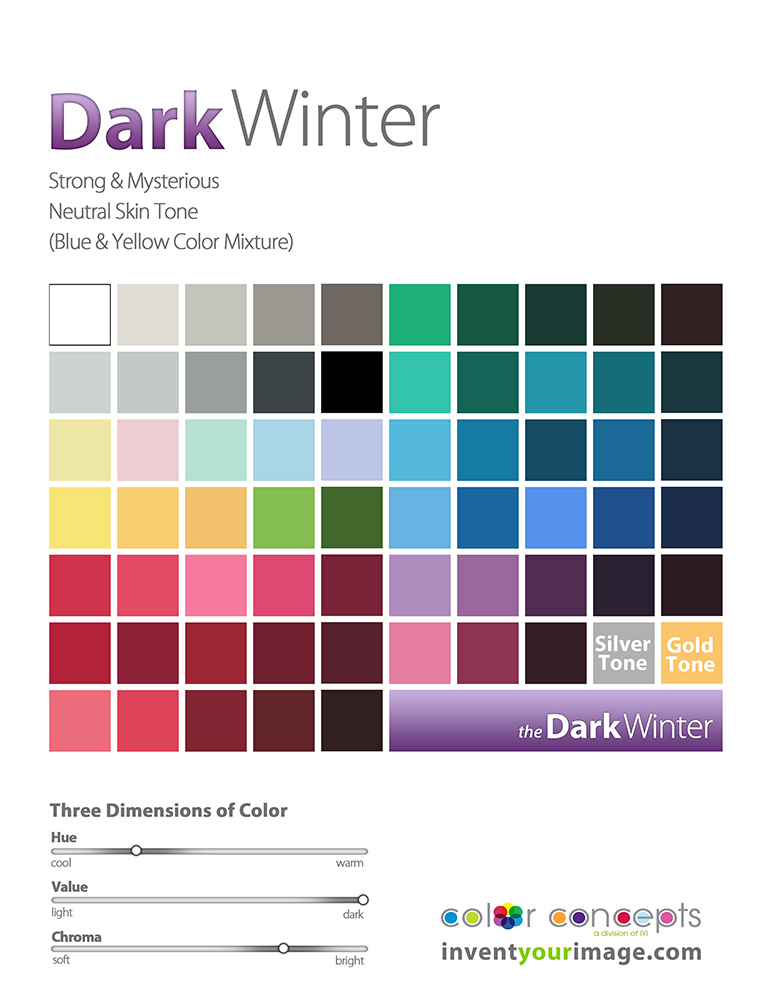Seasonal color analysis is a system that helps you identify the colors that harmonize most beautifully with your natural features, making you look radiant and vibrant. By understanding your unique color palette, you can make informed choices about clothing, makeup, and accessories that enhance your natural beauty.
MASTER CLASS IN PILLS
When it comes to fashion, you can play it safe with neutral tones or follow trends like the color of the year, but the best choice is often finding a palette that complements your skin tone. Wearing the right colors can make you glow, while the wrong ones can leave you looking dull and tired. If you’re fond of a color that doesn’t quite suit you, simply use it as an accent.
WHAT IS “COLOR ANALYSIS”?
Seasonal color analysis is a process that determines the best colors for an individual’s natural coloring. By assessing factors like skin tone, hair color, and eye color, a consultant will use drapes from different color palettes (known as “seasons”) to find the most compatible colors for you. This analysis helps identify which colors have a positive or negative effect on your appearance.
Each person has their own “season,” and this is the magic of color harmony.
A Brief History of Color Analysis
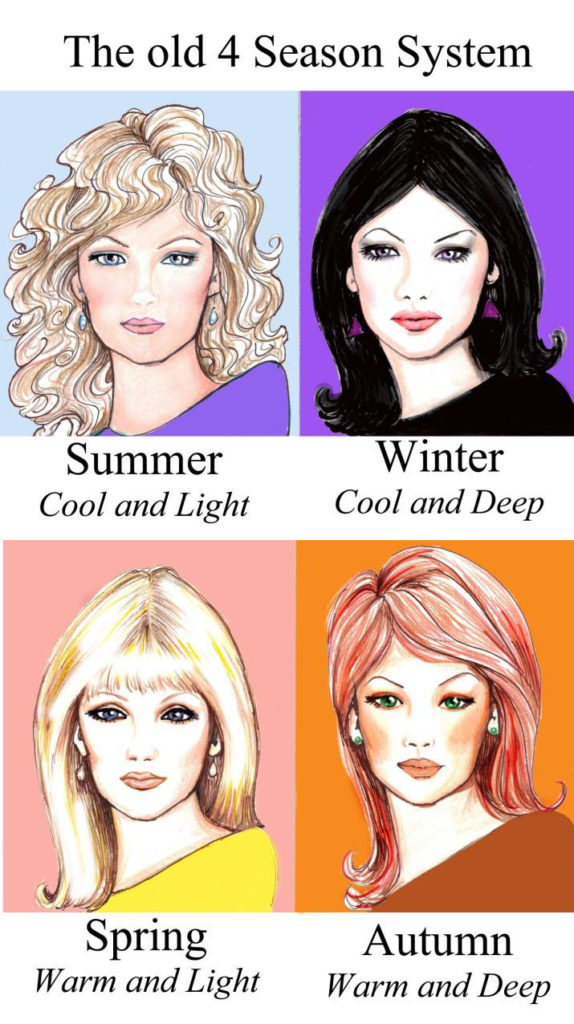
The concept of color analysis dates back to German writer Johann Wolfgang von Goethe, who developed “color psychology.” American artist Albert Munsell further explored color by classifying it into value, hue, and chroma. In 1928, Johannes Itten, a professor at the Bauhaus, suggested that portraits looked better with certain colors based on a person’s skin and hair tones.
Robert C. Dorr developed the Color Key System, classifying complexions as either cool or warm. Fashion designer Suzanne Caygill, influenced by this system, popularized color analysis in the 1950s, focusing on how color affects style and personality. Bernice Kentner’s book Color Me a Season further refined this concept, while psychologist Carole Jackson’s Color Me Beautiful simplified it for the general public in the 1980s.
HOW TO DETERMINE YOUR SKIN TONE
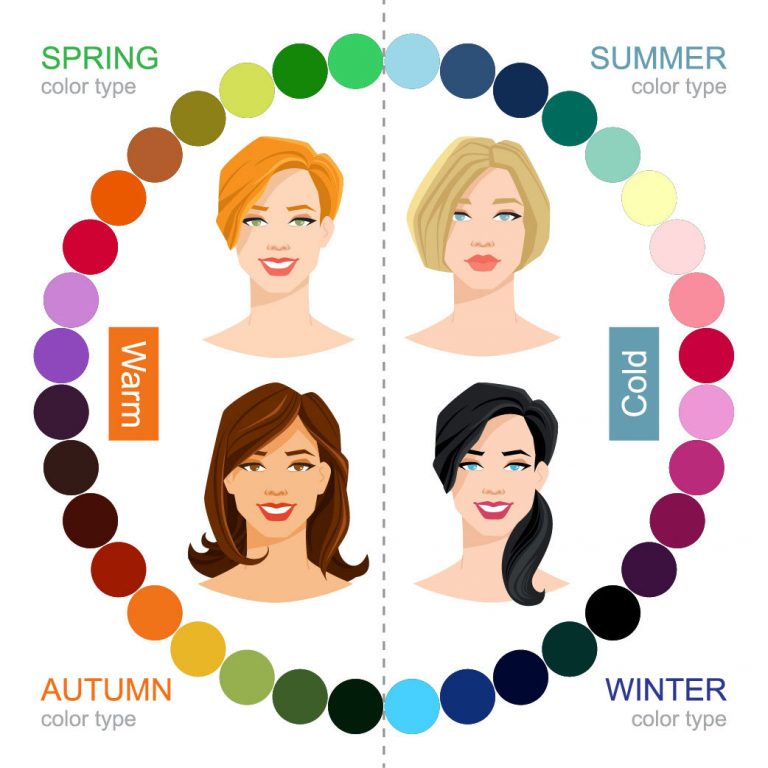
The first step in color analysis is identifying whether your undertone is warm or cool. Undertones are determined by hemoglobin, carotene, and melanin, and they remain constant throughout your life, unlike skin overtone, which can change with sun exposure or other factors.
Here are a few methods to determine your undertone:
- Foundation Test: Dab pink-based foundation on one cheek and yellow-based foundation on the other. The one that blends in is your undertone. Pink indicates cool, while yellow signals warm.
- Gold vs. Silver Test: Hold gold and silver jewelry near your face. If gold enhances your skin, you’re warm. If silver looks better, you’re cool.
- Vein Test: Look at the veins on your wrist. If they appear blue, you have a cool undertone. If they’re green, you have a warm undertone.
- Sun Test: People with olive skin that tans easily tend to have warm undertones, while those with fair skin who burn are typically cool. However, darker skin tones can fall into either category.
- Hair Test: Examine your natural hair color. Warm tones often have golden or copper undertones, while cool tones are ashy or dark brown. Redheads can be tricky, but if your hair is more auburn or strawberry blonde, you may have cool undertones.
By identifying your undertone, you can find colors that flatter your complexion, making you feel radiant.

